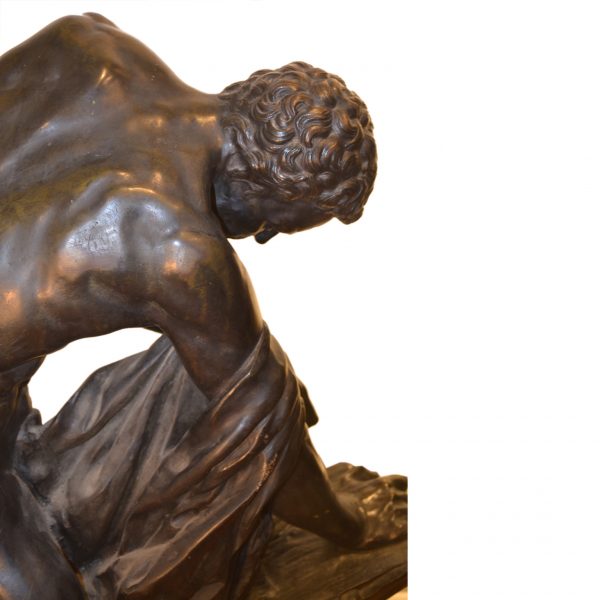

Milo began his programme in earnest and steadily added weight over time. Topping off his daily menu was alectoriae (the gizzard stones of roosters to you and me). Milo combined this weight lifting with a very generous appetite if reports are to be believed (and they’re so fun, we choose to believe them!). His daily diet allegedly consisted of 20 lb of meat, 20 lb of bread, and eighteen pints of wine but he wasn’t done there. A goal he accomplished, and then some, winning six Olympic medals in a row. What did Milo achieve from doing this? Was it merely for bragging rights or something else? Well unfortunately for Milo’s opponents, he chose this repetitive task in order to become the biggest, strongest wrestler in all of Greece. After four years of carrying the calf to and fro, Milo was capable of lifting a heavy bull on his shoulders with ease. Milo of Croton (whose floruit occurred in the second half of the 6th Century BC) was a wrestler, and one of the greatest if not the greatest athlete of. Shop for Milo of Croton by Joseph Benoit Suvee, Giclee Print Oil Painting Gold Frame Size 27 x 35, Ready to Hang. Each day the calf grew bigger and each day Milo carried incrementally more weight. While lesser men would have grown bored of such an activity, Milo flourished. Milo of Croton, marble original 1670-1682, bronze reduction late 17th/early 18th century. The next day, Milo did the exact same thing. Rather than walk past the calf and continue his daily business, Milo hoisted the calf onto his shoulders and carried the small animal on his shoulders. Legend goes that one day, Milo stumbled upon a newborn calf near his household.

In achieving his dream Milo ‘discovered’ progressive weight training. Milo’s admiration for such men was so strong that from a young age he made the decision to become just like them. They were universally admired by the townspeople, possessed unbelievable strength and had bodies carved out of granite. 59,171 views 2.2K Dislike Share Olympics 9.01M subscribers Subscribe to olympics: When a younger opponent defeats legendary wrestler Milon of Croton after. Growing up in Greece, Milo had always admired the Greco-wrestlers training in Croton. A body of literature where Gods are swingers, you buy your way to heaven and animals are regularly employed as torture devices.Īccording to the Greek writers of yore, it was Milo, a wrestler from the Magna Graecian city of Croton who discovered the importance of lifting heavier weights albeit in a strange fashion. One such theory comes from the magical world of Greek mythology. Luckily that hasn’t stopped people trying. A question that we may never be able to answer. As the calf grew, so did Milos strength, until he was. Who invented progressive resistance training? Or in simpler terms, who discovered that lifting heavier and heavier loads made one bigger and stronger? Borrow a new born calf and carry it around Croton day after day, week after week, and month after month.


 0 kommentar(er)
0 kommentar(er)
